Meadows Museum,
September 17, 2017 – January 7, 2018
Frick Collection in New York
31 January – 22 April, 2018
Zurbarán: Jacob and his Twelve Sons, Paintings from Auckland Castle , a series of 13 life - size paintings making their first trip to the United States in the most important Zurba rán exhibition in 30 years. Proposed by the Meadows, the project is co - organized with Auckland Castle in County Durham, England, and The Frick Collection in New York, where it will be on view in the spring of 2018. This series of works was purchased in 1756 by Richard Trevor, Bishop of Durham; Trevor subsequently redesigned Auckland Castle’s Long Dining Room to house the paintings, which together comprise one of the most significant public collections of the artist’s work outside Spain. The upcoming restora tion of Auckland Castle — which involves the temporary deinstallation of the series from the room where the paintings have hung for more than 250 years — presents this unique study and exhibition opportunity. Before their display in the U.S., the paintings will undergo technical analysis at the Kimbell Art Museum’s noted conservation lab.
Francisco de Zurbarán was born in Fuente de Cantos, in Wes tern Spain, but spent most of his working life in Seville. Like Ribera, Zurbarán is also considered a Caravaggisti , particularly for his exceptional use of chiaroscuro. These 13 paintings (12 by Zurbarán and one a direct copy of the work by Zurbarán) are a visual narrative of Jacob’s deathbed act of bestowing a blessing on each son, foretelling their destinies and those of their tribes. Although each painting holds it’s own as an exceptional portrait, seeing the works together provides a unique experience for viewers, transporting them across history to make them a witness to that moment.
At the Meadows, the paintings will be displayed together in one gallery. It is not known who originally commissioned the series, but they were auctioned from the collection of a Jewish merchant named Benjamin Mendez in 1756. Richard Trevor, Bishop of Durham, acquired the paintings for Auckland Castle, seeing in the public presentation of these works an opportunity to make a statement about the need for social, political an d religious understanding and tolerance between Christians and Jews in Great Britain.
At the Kimbell Art Museum, the paintings will undergo in - depth technical study for the first time, including the use of infrared reflectography, ultra-violet light, x-radiography and pigment analysis.
The goals of this work are twofold: first, to gain a better understanding of Zurbarán’s artistic process by exploring this unique series of related works; and second, to identify any additional needs for their ongoing conse rvation and care after they return to the U.K. Accompanying the exhibition and conservation research will be an illustrated catalogue containing scholarly essays exploring the series from various historical, religious and artistic perspectives.
This exhibition and study have been co - organized by the Meadows M useum, SMU; The Frick Collection; and Auckland Castle; in association with the Kimbell Art Museum. A generous gift from The Meadows Foundation has made this exhibition and study possible , with additional support from the Centro de Estudios Europa Hispánica and the Center for Spain in America.
The Meadows Museum is the leading U.S. institution focused on the study and presentation of the art of Spain. In 1962, Dallas businessman and philanthropist Algur H. Meadows donated his private collection of Spanish paintings, as well as funds to start a museum, to Southern Methodist University. The Museum opened to the public in 1965, marking the first step in fulfilling Meadows’s vision to create “a small Prado for Texas.”
Today, the Meadows is home to one of the largest and most comprehensive collections of Spanish art outside of Spain. The collection spans from the 10th to the 21st centuries and includes medieval objects, Renaissance and Baroque sculptures, and major paintings by Golden Age and modern masters. Since 2010 the Museum has been engaged in a multidimensional partnership with the Museo Nacional del Prado in Madrid, which has included the exchange of schol arship, exhibitions, works of art, and other resource.
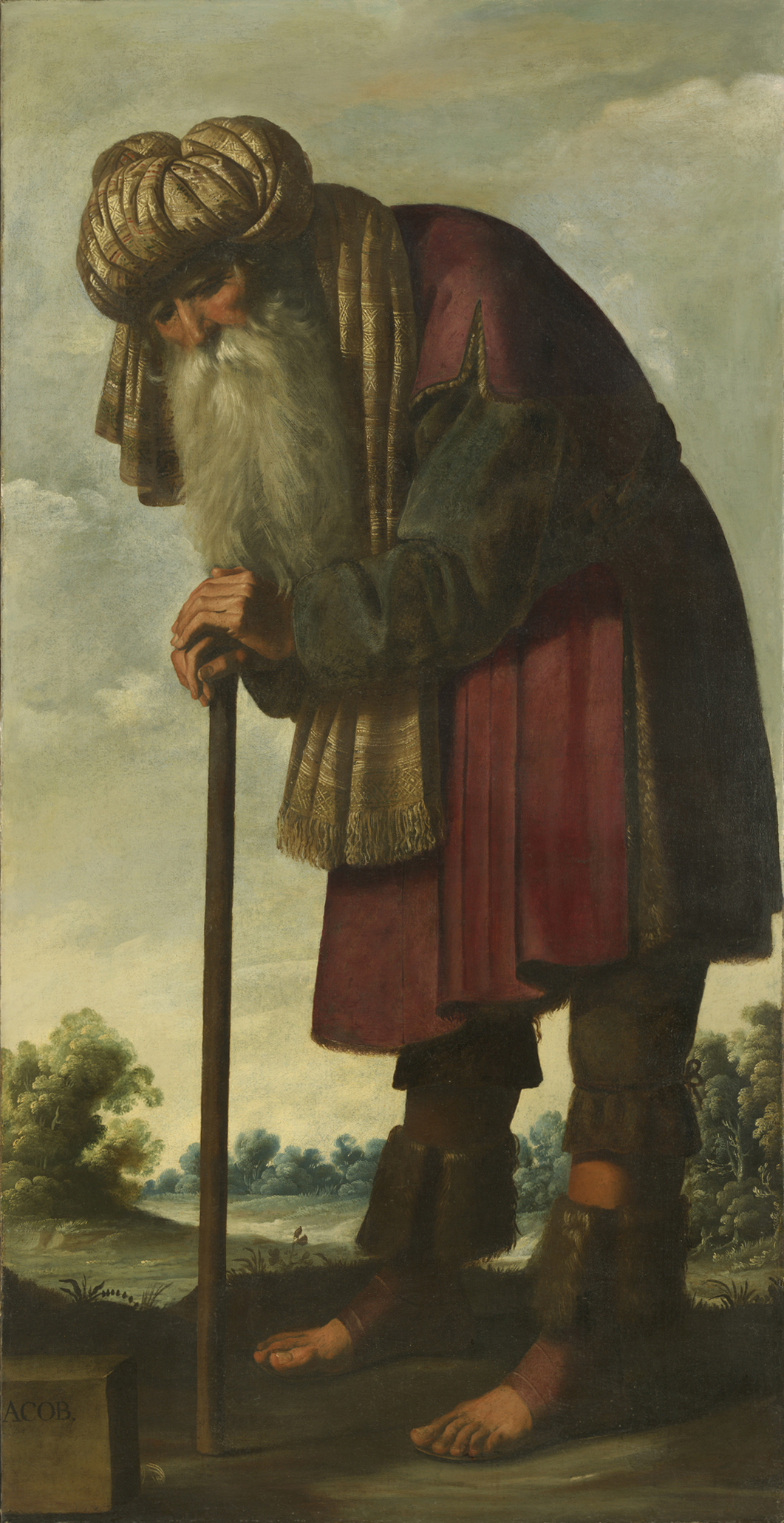
Francisco de Zurbarán (Spanish, 1598–1664)
Francisco de Zurbarán (Spanish, 1598–1664)
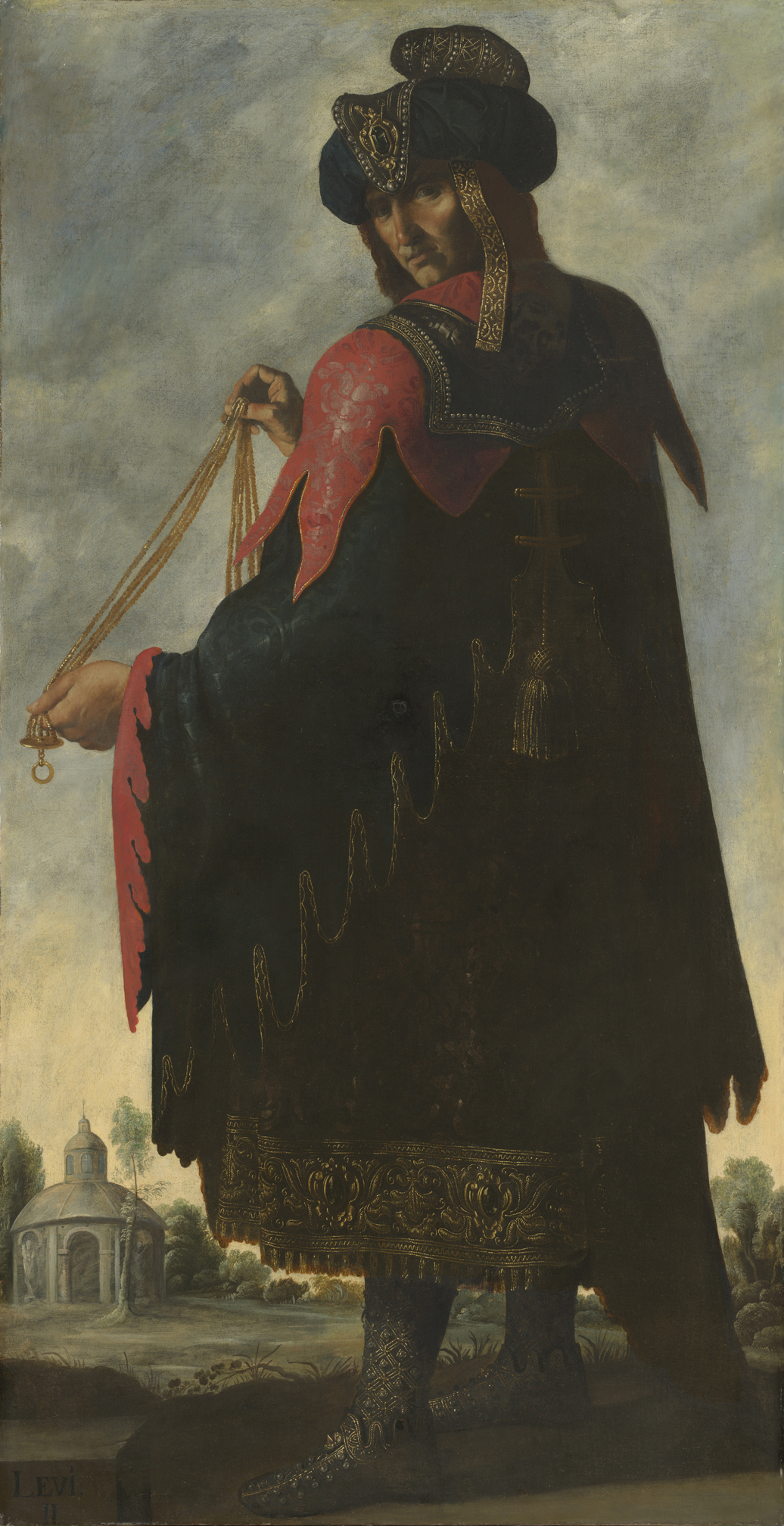
September 17, 2017 – January 7, 2018
Frick Collection in New York
31 January – 22 April, 2018
Zurbarán: Jacob and his Twelve Sons, Paintings from Auckland Castle , a series of 13 life - size paintings making their first trip to the United States in the most important Zurba rán exhibition in 30 years. Proposed by the Meadows, the project is co - organized with Auckland Castle in County Durham, England, and The Frick Collection in New York, where it will be on view in the spring of 2018. This series of works was purchased in 1756 by Richard Trevor, Bishop of Durham; Trevor subsequently redesigned Auckland Castle’s Long Dining Room to house the paintings, which together comprise one of the most significant public collections of the artist’s work outside Spain. The upcoming restora tion of Auckland Castle — which involves the temporary deinstallation of the series from the room where the paintings have hung for more than 250 years — presents this unique study and exhibition opportunity. Before their display in the U.S., the paintings will undergo technical analysis at the Kimbell Art Museum’s noted conservation lab.
Francisco de Zurbarán was born in Fuente de Cantos, in Wes tern Spain, but spent most of his working life in Seville. Like Ribera, Zurbarán is also considered a Caravaggisti , particularly for his exceptional use of chiaroscuro. These 13 paintings (12 by Zurbarán and one a direct copy of the work by Zurbarán) are a visual narrative of Jacob’s deathbed act of bestowing a blessing on each son, foretelling their destinies and those of their tribes. Although each painting holds it’s own as an exceptional portrait, seeing the works together provides a unique experience for viewers, transporting them across history to make them a witness to that moment.
At the Meadows, the paintings will be displayed together in one gallery. It is not known who originally commissioned the series, but they were auctioned from the collection of a Jewish merchant named Benjamin Mendez in 1756. Richard Trevor, Bishop of Durham, acquired the paintings for Auckland Castle, seeing in the public presentation of these works an opportunity to make a statement about the need for social, political an d religious understanding and tolerance between Christians and Jews in Great Britain.
At the Kimbell Art Museum, the paintings will undergo in - depth technical study for the first time, including the use of infrared reflectography, ultra-violet light, x-radiography and pigment analysis.
The goals of this work are twofold: first, to gain a better understanding of Zurbarán’s artistic process by exploring this unique series of related works; and second, to identify any additional needs for their ongoing conse rvation and care after they return to the U.K. Accompanying the exhibition and conservation research will be an illustrated catalogue containing scholarly essays exploring the series from various historical, religious and artistic perspectives.
This exhibition and study have been co - organized by the Meadows M useum, SMU; The Frick Collection; and Auckland Castle; in association with the Kimbell Art Museum. A generous gift from The Meadows Foundation has made this exhibition and study possible , with additional support from the Centro de Estudios Europa Hispánica and the Center for Spain in America.
The Meadows Museum is the leading U.S. institution focused on the study and presentation of the art of Spain. In 1962, Dallas businessman and philanthropist Algur H. Meadows donated his private collection of Spanish paintings, as well as funds to start a museum, to Southern Methodist University. The Museum opened to the public in 1965, marking the first step in fulfilling Meadows’s vision to create “a small Prado for Texas.”
Today, the Meadows is home to one of the largest and most comprehensive collections of Spanish art outside of Spain. The collection spans from the 10th to the 21st centuries and includes medieval objects, Renaissance and Baroque sculptures, and major paintings by Golden Age and modern masters. Since 2010 the Museum has been engaged in a multidimensional partnership with the Museo Nacional del Prado in Madrid, which has included the exchange of schol arship, exhibitions, works of art, and other resource.

Francisco de Zurbarán (Spanish, 1598–1664)
Jacob, ca 1640–45
Oil on canvas, 77 15/16 × 40 3/16 inches (198 × 102 cm)
Photo credit: Colin Davison, courtesy of Auckland Castle
Francisco de Zurbarán (Spanish, 1598–1664)
Reuben, ca. 1640–45
Oil on canvas, 77 15/16 × 40 3/16 inches (198 × 102 cm)
Photo credit: Colin Davison, courtesy of Auckland Castle
Francisco de Zurbarán (Spanish, 1598–1664)
Simeon, ca. 1640–45
Oil on canvas, 77 15/16 × 40 3/16 inches (198 × 102 cm)
Photo credit: Colin Davison, courtesy of Auckland Castle

Francisco de Zurbarán (Spanish, 1598–1664)
Levi, ca. 1640–45
Oil on canvas, 77 15/16 × 40 3/16 inches (198 × 102 cm)
Photo credit: Colin Davison, courtesy of Auckland Castle
Francisco de Zurbarán (Spanish, 1598–1664)Judah, ca. 1640–45Oil on canvas, 77 15/16 × 40 3/16 inches (198 × 102 cm)Francisco de Zurbarán (Spanish, 1598–1664)Zebulun, ca. 1640–45Oil on canvas, 77 15/16 × 40 3/16 inches (198 × 102 cm)Photo credit: Colin Davison, courtesy of Auckland CastleFrancisco de Zurbarán (Spanish, 1598–1664)Issachar, ca. 1640–45Oil on canvas, 77 15/16 × 40 3/16 inches (198 × 102 cm)Photo credit: Colin Davison, courtesy of Auckland Castle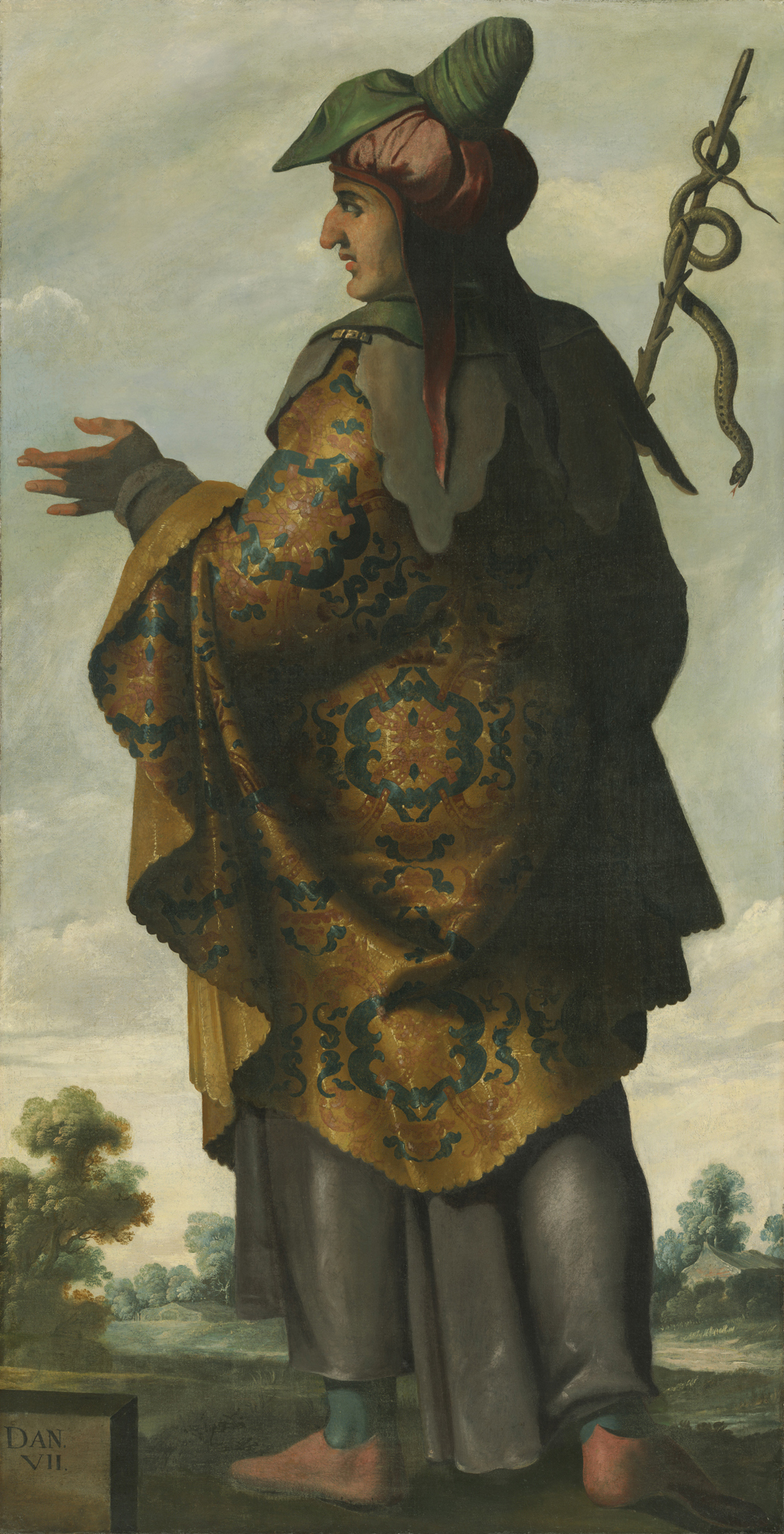 Francisco de Zurbarán (Spanish, 1598–1664)Dan, ca. 1640–45Oil on canvas, 77 15/16 × 40 3/16 inches (198 × 102 cm)Photo credit: Colin Davison, courtesy of Auckland Castle
Francisco de Zurbarán (Spanish, 1598–1664)Dan, ca. 1640–45Oil on canvas, 77 15/16 × 40 3/16 inches (198 × 102 cm)Photo credit: Colin Davison, courtesy of Auckland Castle
Francisco de Zurbarán (Spanish, 1598–1664)Gad, ca. 1640–45Oil on canvas, 77 15/16 × 40 3/16 inches (198 × 102 cm)Photo credit: Colin Davison, courtesy of Auckland CastleFrancisco de Zurbarán (Spanish, 1598–1664)Asher, ca. 1640–45Oil on canvas, 77 15/16 × 40 3/16 inches (198 × 102 cm)Photo credit: Colin Davison, courtesy of Auckland Castle
Francisco de Zurbarán(Spanish, 1598–1664)Naphtali, ca. 1640–45Oil on canvas, 77 15/16 × 40 3/16 inches (198 × 102 cm)Photo credit: Colin Davison, courtesy of Auckland Castle

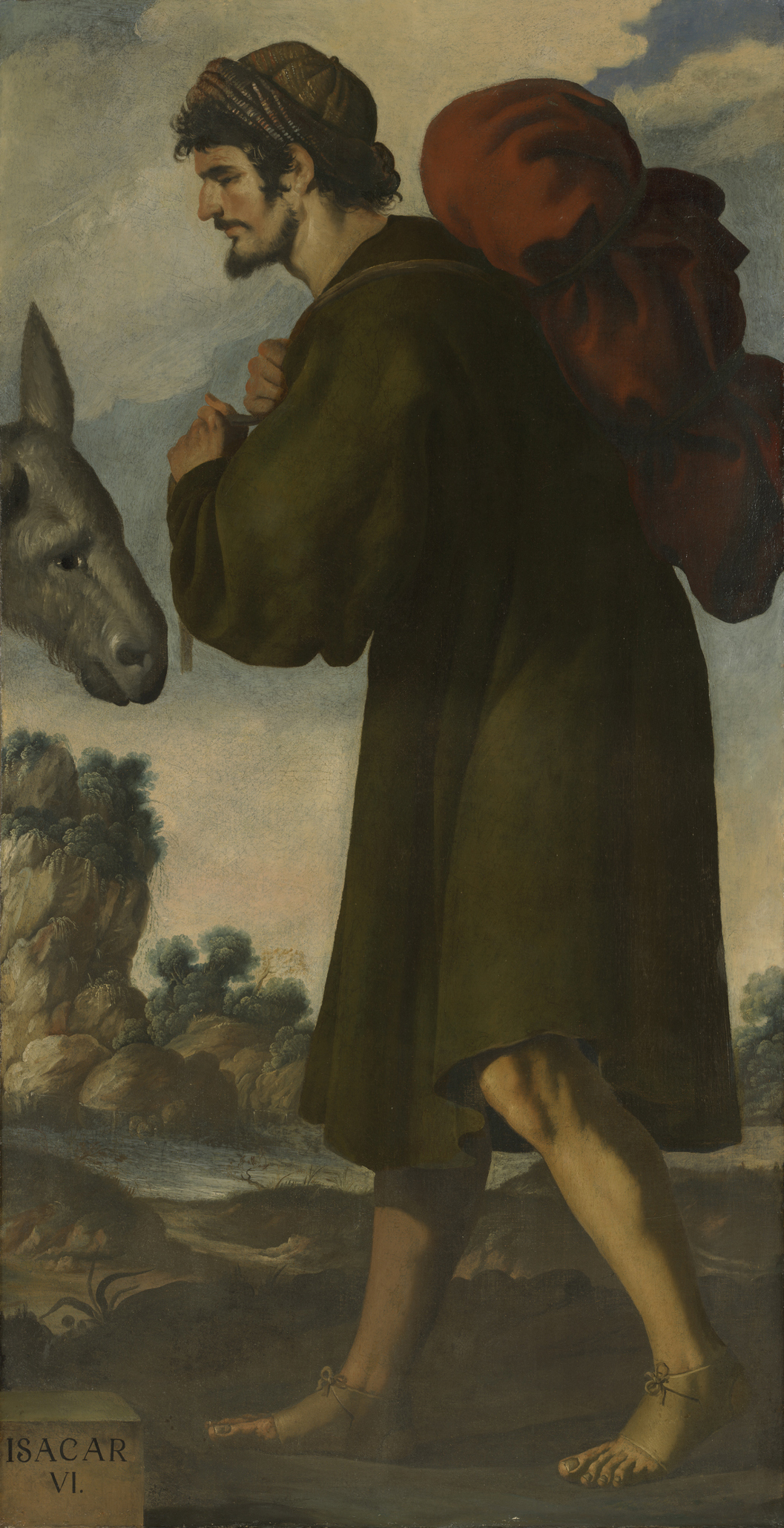
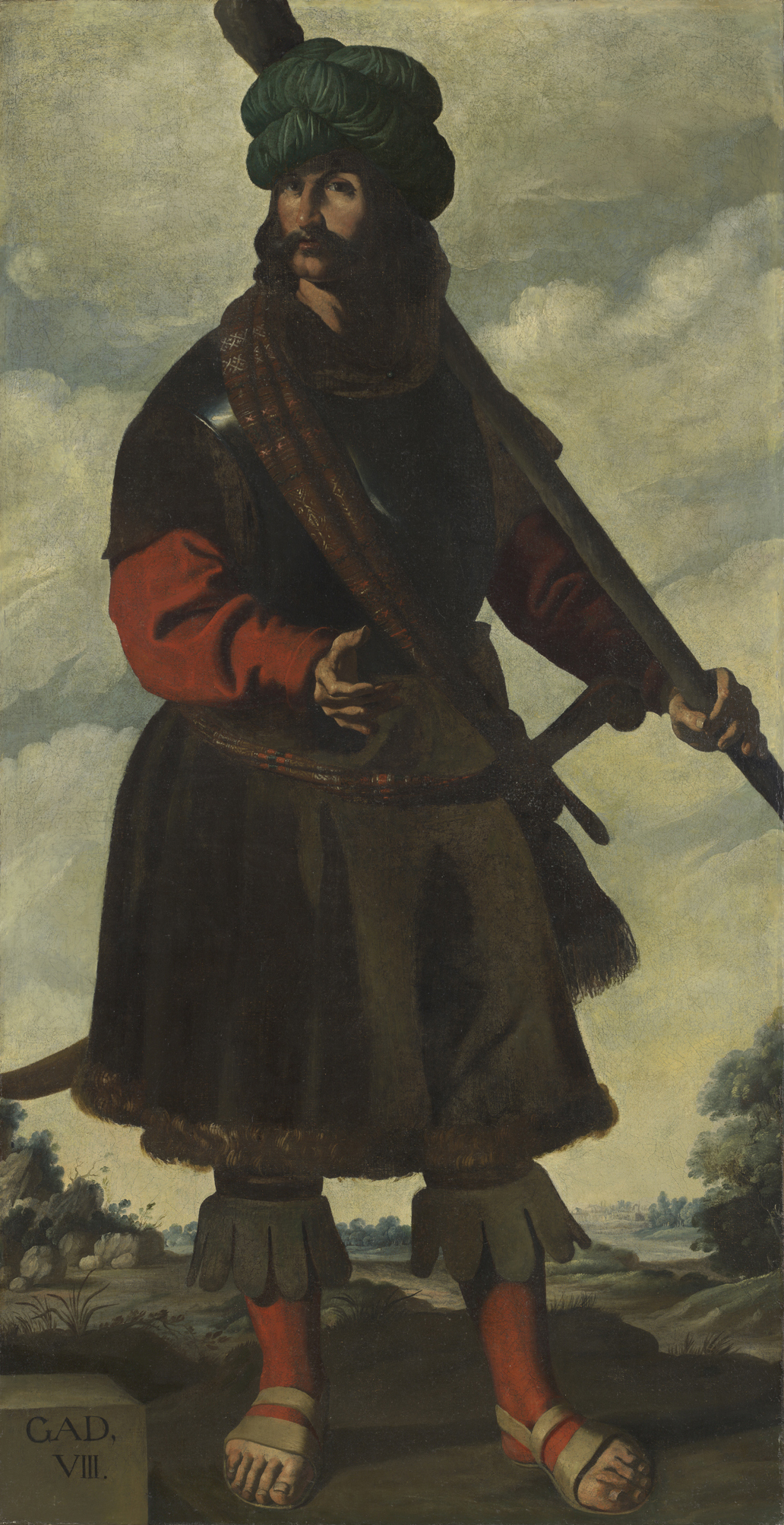
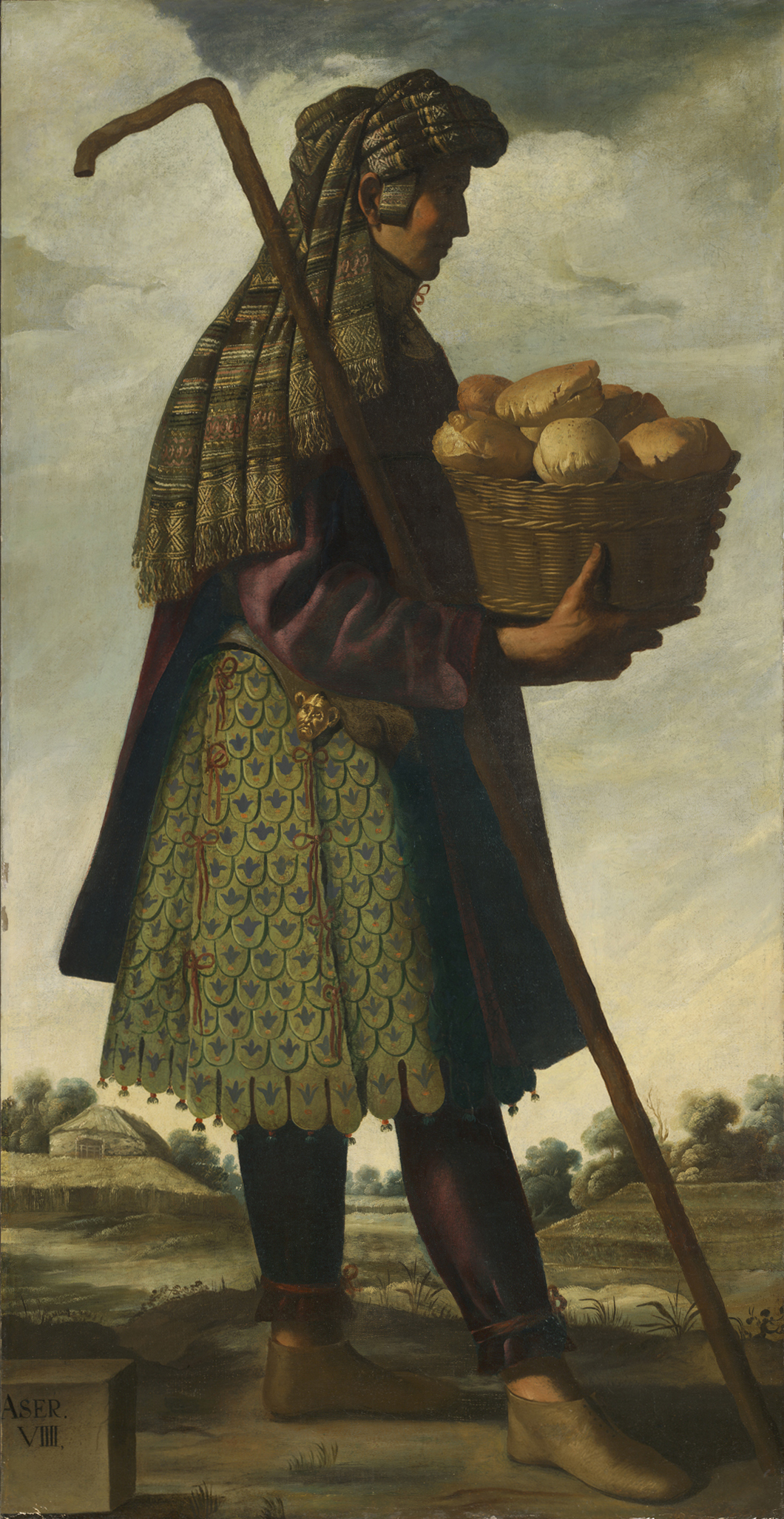
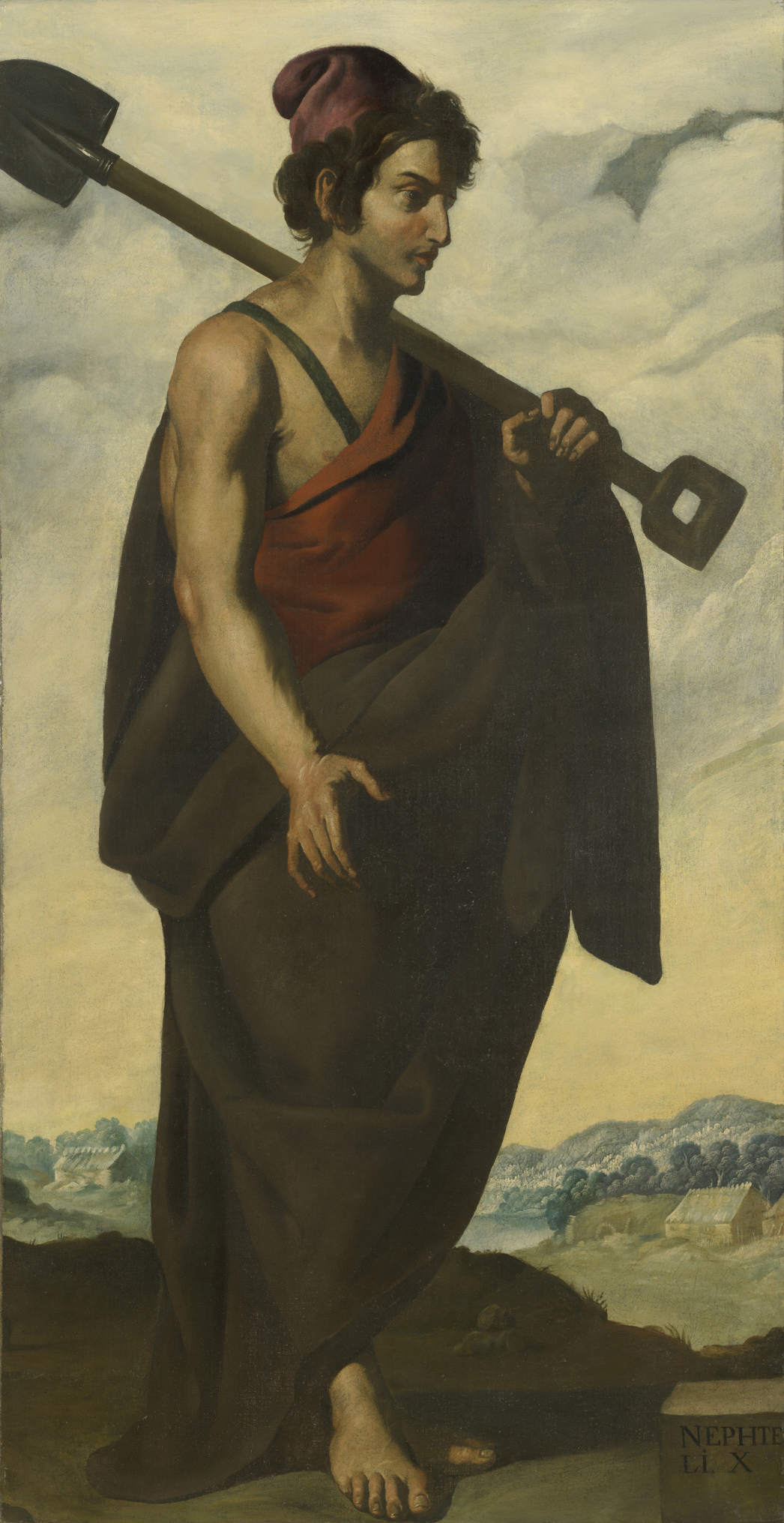
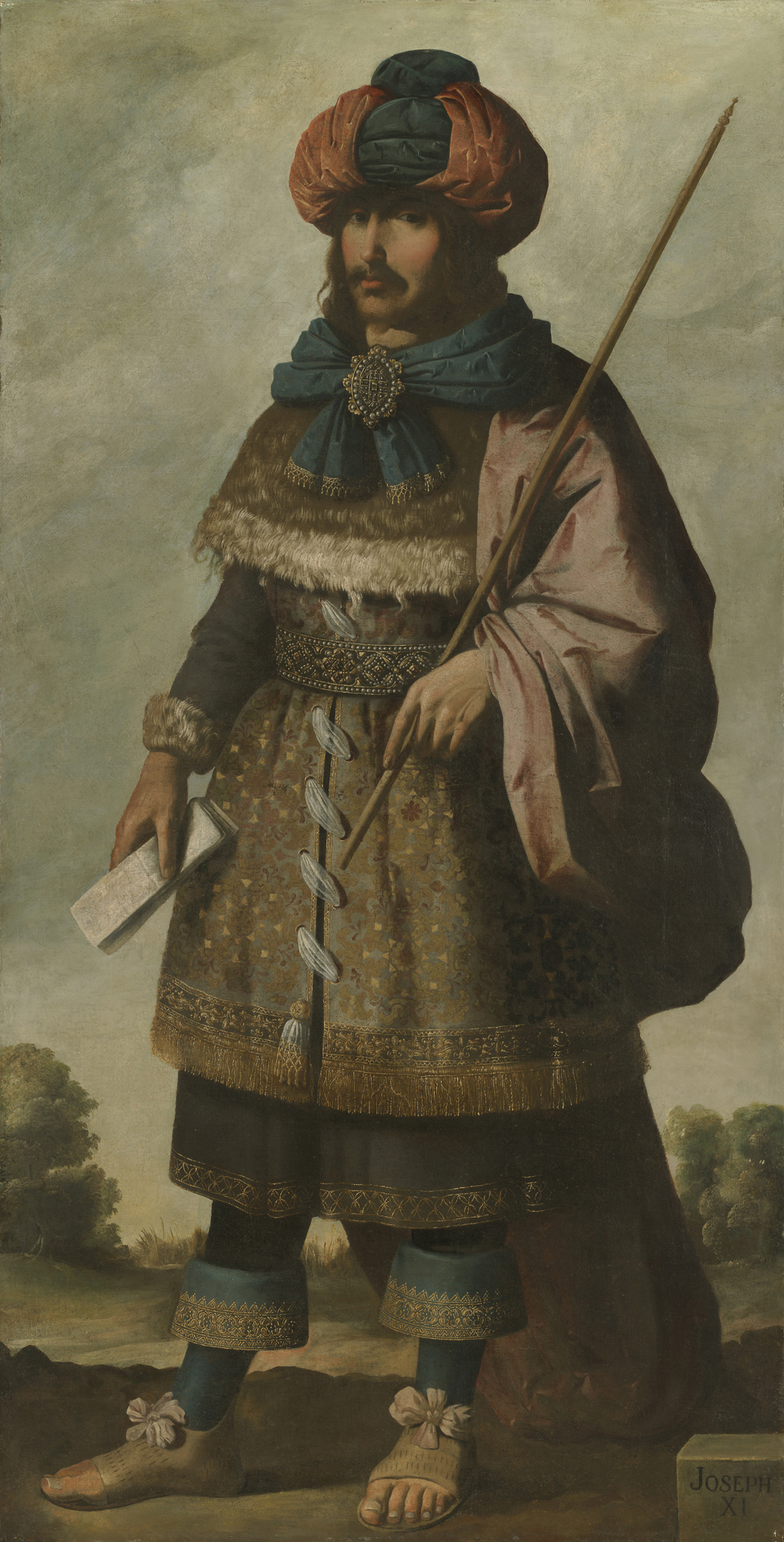
Comments
Post a Comment